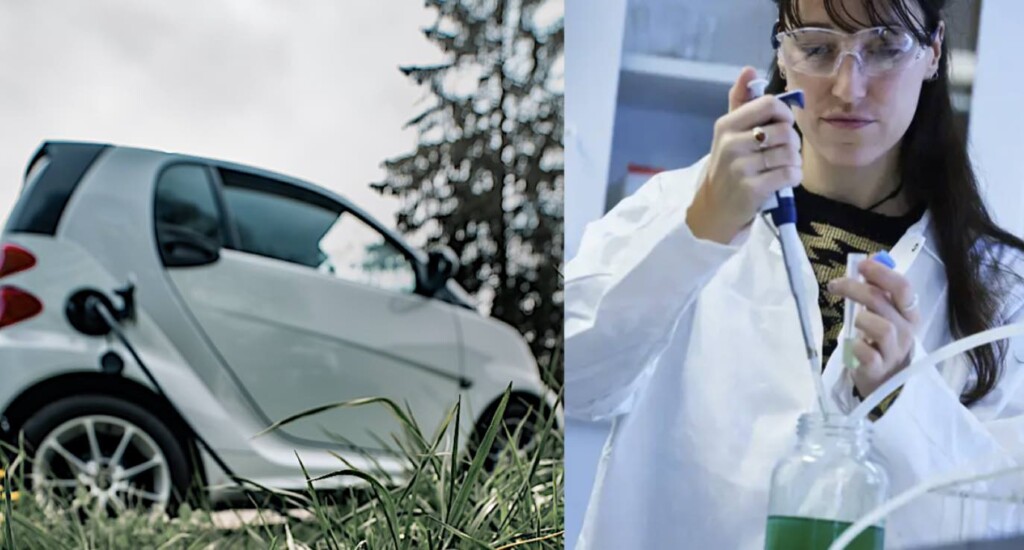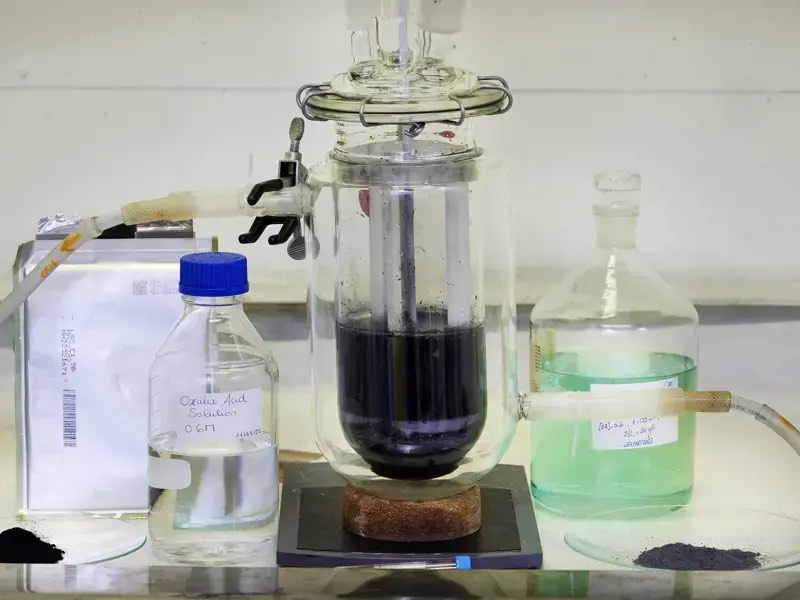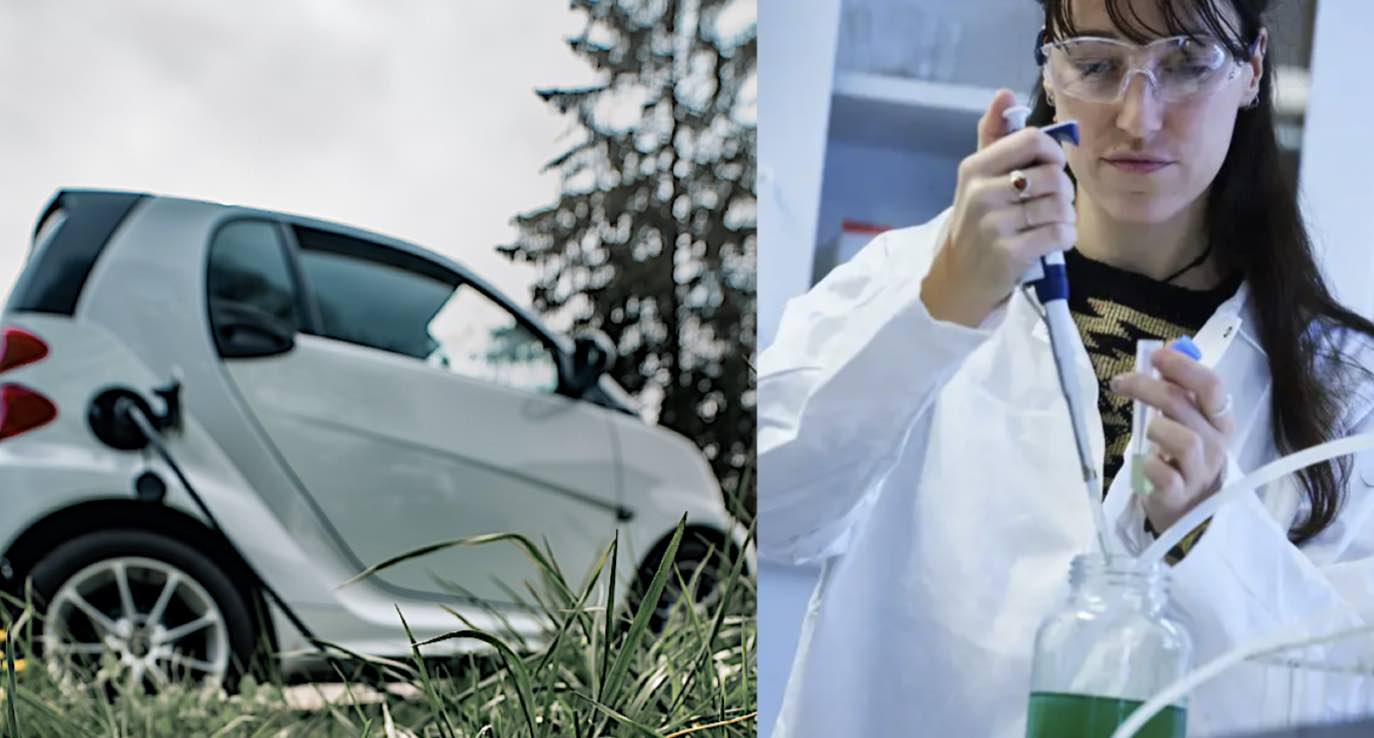
Swedish researchers say they have developed a new method of recycling batteries from electric vehicles that allows recovery of 100 percent of the aluminum and 98 percent of the lithium.
Researchers at Chalmers University of Technology have presented the efficient way to recycle metals from spent batteries, and at the same time minimize the loss of valuable raw materials such as nickel, cobalt and manganese.
Furthermore, no expensive or harmful chemicals are required in the process because the researchers use oxalic acid—an organic acid that can be found in the plant kingdom.
“So far, no one has managed to find exactly the right conditions for separating this much lithium using oxalic acid, whilst also removing all the aluminum,” said Léa Rouquette, PhD student in the Department of Chemistry and Chemical Engineering. “Since all batteries contain aluminum, we need to be able to remove it without losing the other metals.”
In the Chalmers battery recycling lab, Rouquette and research leader Martina Petranikova showed how the new method works—taking the pulverized components in the form of a finely ground black powder and dissolving it in a transparent liquid – oxalic acid.
Rouquette produces both the powder and the liquid in something reminiscent of a kitchen mixer. Although it looks as easy as brewing coffee, the exact procedure is a unique scientific breakthrough. By fine-tuning temperature, concentration and time, the researchers came up with a new recipe for using oxalic acid, an environmentally friendly ingredient that can be found in plants such as rhubarb and spinach.
“We need alternatives to inorganic chemicals. One of the biggest bottlenecks in today’s processes is removing residual materials like aluminum,” says Martina Petranikova, Associate Professor at the Department of Chemistry and Chemical Engineering at Chalmers. “This is an innovative method that can offer the recycling industry new alternatives and help solve problems that hinder development.”
CHECK OUT: As the World Runs on Lithium, Researchers Develop Clean Method to Get It From Water

The aqueous-based recycling method is called hydrometallurgy. In traditional hydrometallurgy, all the metals in an EV battery cell are dissolved in an inorganic acid. Then, you remove the “impurities” such as aluminum and copper. Lastly, you can separately recover valuable metals such as cobalt, nickel, manganese and lithium. Even though the amount of residual aluminum and copper is small, it requires several purification steps and each step in this process can cause lithium loss.
With the new method, the researchers reverse the order and recover the lithium and aluminum first. Thus, they can reduce the waste of valuable metals needed to make new batteries.
The latter part of the process, in which the black mixture is filtered, is also reminiscent of brewing coffee. While aluminum and lithium end up in the liquid, the other metals are left in the “solids”. The next step in the process is to separate aluminum and lithium.
“Since the metals have very different properties, we don’t think it’ll be hard to separate them. Our method is a promising new route for battery recycling – a route that definitely warrants further exploration,” says Rouquette, who published her results in the journal Separation and Purification Technology.
COOL IDEA: Scientists Power Tesla on 9,400-mile Journey With Rolled-up Printed Solar Panels
Petranikova’s research group is involved in various collaborations with companies to develop electric car battery recycling and is a partner in major research and development projects, such as Volvo Cars’ and Northvolt’s Nybat project.
The research was funded by the Swedish Energy Agency, BASE Batteries Sweden, Vinnova.
POWER The Positive By Sharing This With Naysayers on Social Media…




















